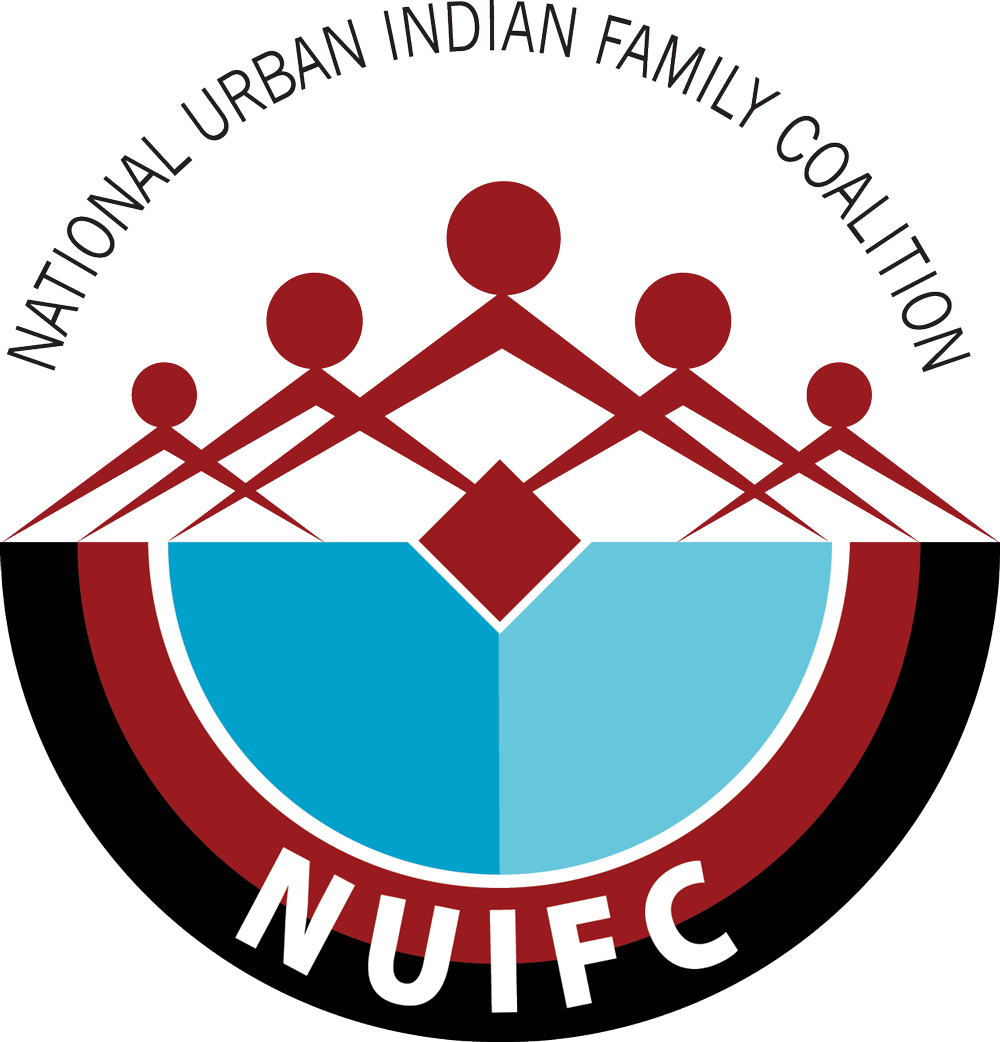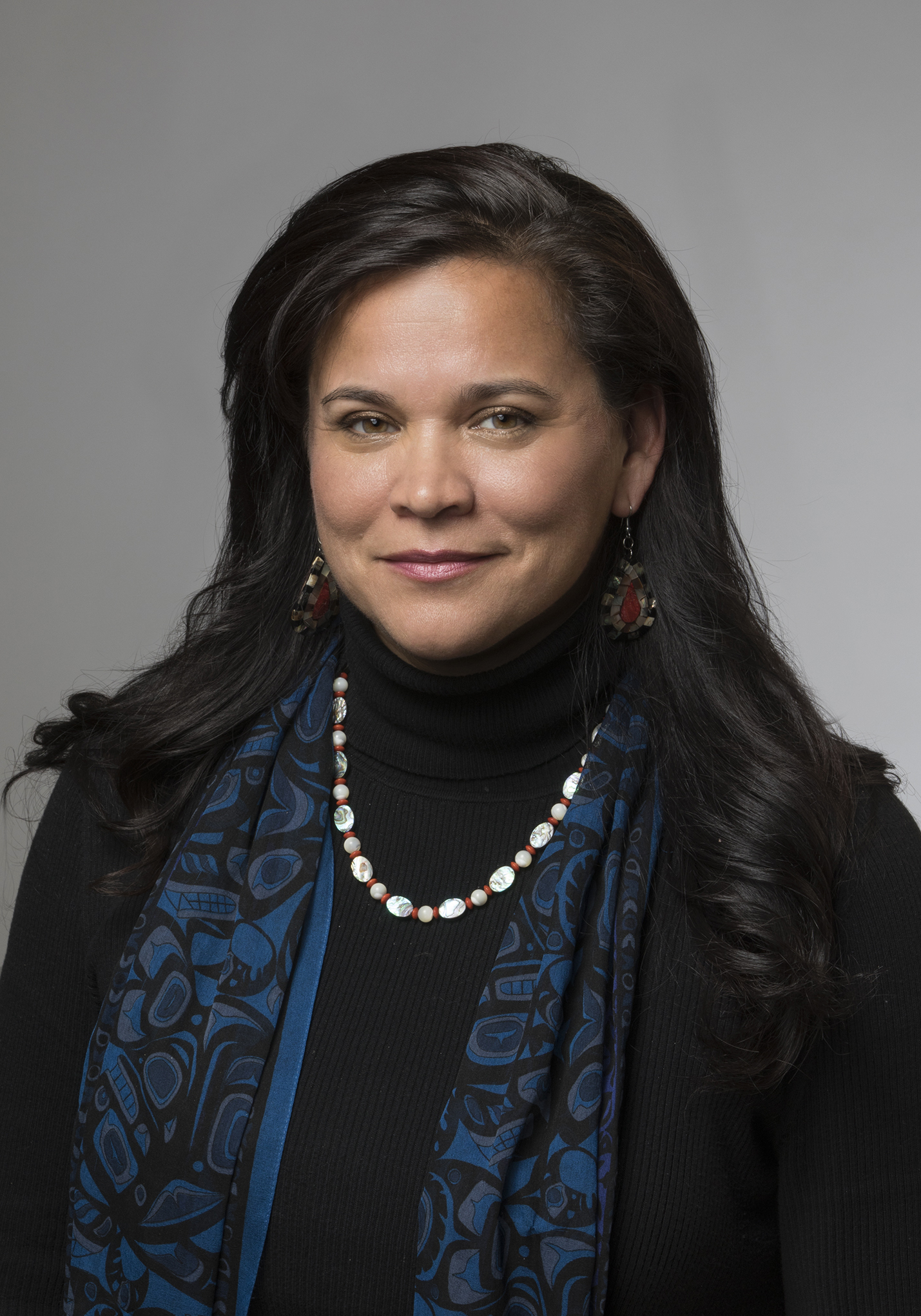NUIFC eNewsletter // August 2019
Update from the NUIFC Executive Director
Janeen Comenote, Executive Director
National Urban Indian Family Coalition
Urban Indian Education in 2019: Building Our Own Success
With August coming to a close, many of you are getting ready for the upcoming school year – thanks for reading our first annual Urban Indian Education focused newsletter! In this eNewsletter we will have a guest column by Dr. Joe Hobot, the President and CEO of the American Indian OIC, and highlight the success of the Resurgence School program’s second year.
Generally speaking, we know that urban Indian issues are often invisible to the dominant culture. The mission of the NUIFC is to shine a bright light on these issues. Between 2011 and 2013, the National Urban Indian Family Coalition (NUIFC) held a series of policy roundtables with 11 urban Indian communities nationally and reported on it in our publication, “Making the Invisible Visible; A Policy Blueprint for Urban Indian America”. When asked about the challenges facing urban Native families and communities, education was most often named as the #1 issue our people are facing. Like all families throughout the world, our urban Native families recognize that the education of our children and youth is one of the most important facets of a healthy community.
The NUIFC viewed the prevalence of education as a key issue named by our communities as marching orders to begin focusing on the state of urban Indian education. In response, we began a two-pronged approach to addressing this; first, we created an educational program and second, we built a knowledge base about Urban Indian Education. In 2017, we came up with the idea of creating a culturally contextualized summer education program. We reached out to urban Native educators, cultural specialists, youth and, academic professionals to help us design a program. These convening’s, in concert with Dr. Megan Bang (Ojibwe), ultimately led us to the creation of the Resurgence School summer program.
The Resurgence School initiative launched in 2018, with support from the NoVo Foundation and quickly became a success, with our partner centers in Minneapolis, MN and Portland, OR creating curriculums that allowed students to lead their own educational journey while also connecting to their cultural roots. These alternative school programs also offered credit to the students, which amplified its benefits. After watching the overwhelming success of the pilot Resurgence Schools, NUIFC knew the program would continue to thrive into 2019. This belief in the program was justified this year, as both programs drew excited students and teachers back.
Finally, we also know that there simply aren’t a lot of resources and papers written specifically about Urban Indian Education. We addressed this void by writing “Resurgence; Restructuring Urban American Indian Education”, a seminal work written by Dr. Hobot, Ed.D which takes a comprehensive look at urban Indian education – its history and best practices.
As we look towards the future, the NUIFC is currently planning on holding our first ever Resurgence Gathering - Urban American Indian Schools Network Annual Gathering of Practitioners in Los Angeles later this year. We are assembling an expert cohort of urban specific American Indian and Alaska Native practitioners, alternative schools, and educational administrators. We will be working together to learn about best practices, teach each other, and engage in continuing education training to develop the future of Indigenous alternative schools. The NUIFC remains focused on building on our success and working with our partners around the country to continue to advance this critical issue forward.
Klecko Klecko (Thank you),
Janeen Comenote
The Resurgence is Underway
By. Dr. Joe Hobot, President and CEO, American Indian OIC, Minneapolis MN
joeh@aioic.org
We are living in exciting times with regards to the emergence of new and innovative formalized education opportunities for urban American Indian students.
As detailed within the 2017 NUIFC “Resurgence; Restructuring Urban American Indian Education”, many urban Indigenous communities have already taken the bold step of creating their own alternative schools that have been purposefully anchored within the traditional practices of their people. These highly innovative, culturally contextualized approaches to schooling have yielded impressive academic achievements for participating students that the mainstream system has yet to accomplish. Outcomes from these schools include higher and more stable attendance rates, higher test scores, higher annual completion rates, higher graduation rates, and higher numbers of successful transitions into post-secondary institutions. In short, these community-governed and culturally specific alternative education models have begun to reverse decades of disparities created by the public education system.
Additionally, these Indigenous alternative schools are deeply supported by their base communities with a fervent ardor not currently experienced by the existing K-12 system. As such it is important to note that education reform is actually working in Indian country, and to the surprise of no one, these effective pedagogical strategies were wholly devised and implemented by the American Indian people themselves. It was the Indigenous people who smartly identified such actions as necessary for their own success. They did not wait for approval by the established system. Rather, these communities conceived of what they needed and then executed their own plan in accordance to their own needs as Indigenous communities. They had the audacity to dream the dream and then worked towards making the vision of their people an actual reality for their youth. To date, the positive results of such endeavors speak for themselves.
As is always the case, this movement requires and welcomes future allies and collaborators. If interested, it is strongly encouraged that one read the 2017 NUIFC report, and to reach out to either the NUIFC or to the featured programs to inquire as to how one might contribute to the cause.
To be sure, we are living in exciting times. The emergence of new and innovative formalized education opportunities for urban American Indian students are present and growing. The resurgence is underway!
Resurgence Schools – Year Two
After the success of the Resurgence School program over the summer of 2018, the conversation quickly turned toward the program’s future and how to allow the program to evolve and grow. Both the American Indian OIC in Minneapolis, MN and the Native American Youth & Family Center (NAYA) in Portland, OR hosted the summer education program for urban American Indian and Alaska Native youth again, having a chance to innovate on their programs while still keeping its core values. They saw first-hand the power that this culturally traditional education fused with modern learning strategies had and knew the program’s popularity could be built upon.
“We wanted to build on the idea of Native American learning,” said Lisa Otero, NAYA’s Many Nations Academy Principal and Supervisor of the Resurgence School program for the center. “We know that Native learning is a holistic approach, it’s about connecting the lessons with one another and understanding how everything we learn about works with one another and applying that to the real world. That is what this program is about.”
NAYA’s 2nd year Resurgence Program focused on examining how the students see themselves and the world. This meant examining what groups the students felt they belonged to and creating a statistical report outlining important data trends in that group. The groups the students identified was wide-ranging, from being an indigenous, Latino, dealing with housing instability, substance abuse challenges, and others. It culminated with the students creating a survival guide that would be shared with high school students that also identify in that group.
For the American Indian OIC, the 2nd year program focused on the power of local sacred sites, with students identifying key geographical locations, ranging from historically significant areas and current cultural sites. This means finding everything from the confluence of the Mississippi River and Minnesota River to exploring the work of Native American artists in Minneapolis’ cultural corridor. The students researched these sites, visited them, presented about them to their peers, and were given Go Pro cameras to build a cumulative video project detailing everyone’s site.
“We want the students to understand place-based history and place-based responsibilities,” said Dr. Joe Hobot, the President of American Indian OIC. “There are elements of our traditional teachings and practices visible in this urban landscape. It’s a way to get the students outside and exploring the geographical spaces they live in as American urban Indians.”
Having the program in its second year also allowed for introspection to improve the program. For NAYA, this manifested in the idea of doing more with less.
“We wanted to really examine how much we were trying to do in the four and half week program,” says Otero. “The idea is thinking about how to be intentional with what we are doing and really allow the students to drill down on the project-based question and examine themselves while doing so.”
One of the main components of the Resurgence School program is the empowerment of the students. It focuses on having students ask hard questions about themselves and the world around them, while allowing them to seek out the answer themselves opposed to having a teacher lecture them out of a textbook. This way of thinking has multiple benefits for students, allowing them to earn school credit while also learning valuable life lessons.
“I've learned that listening is just as powerful as speaking,” explains one NAYA student. “Moments in life are precious and it’s important to enjoy each one. This program helped remind of that.”
For more information, please contact:
Janeen Comenote
Executive Director, National Urban Indian Family Coalition
jcomenote@nuifc.org, | 206-551-9933
Rio Fernandes
Newsletter Editor, National Urban Indian Family Coalition
Riof@nuifc.org | 206-913-3676





